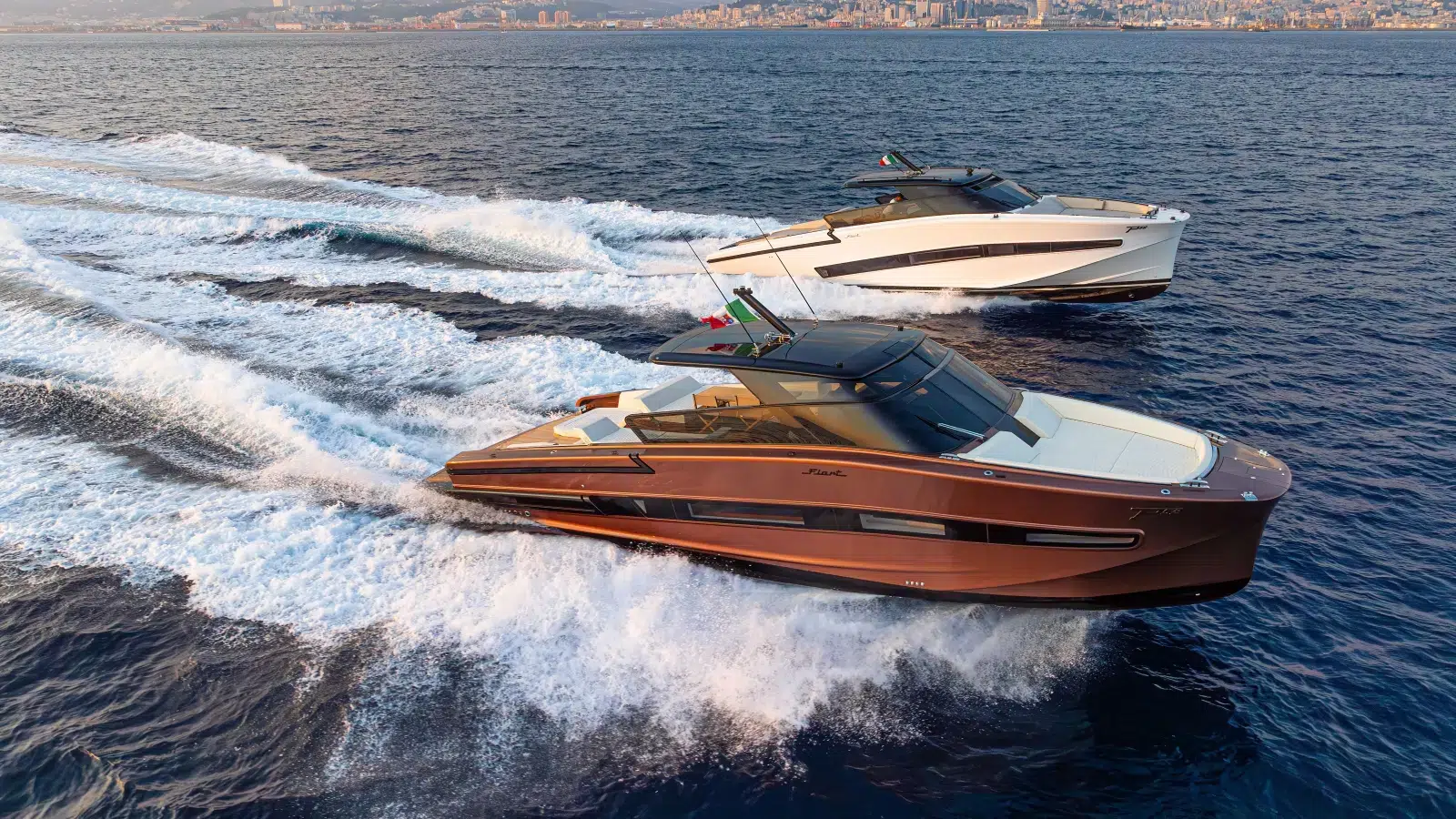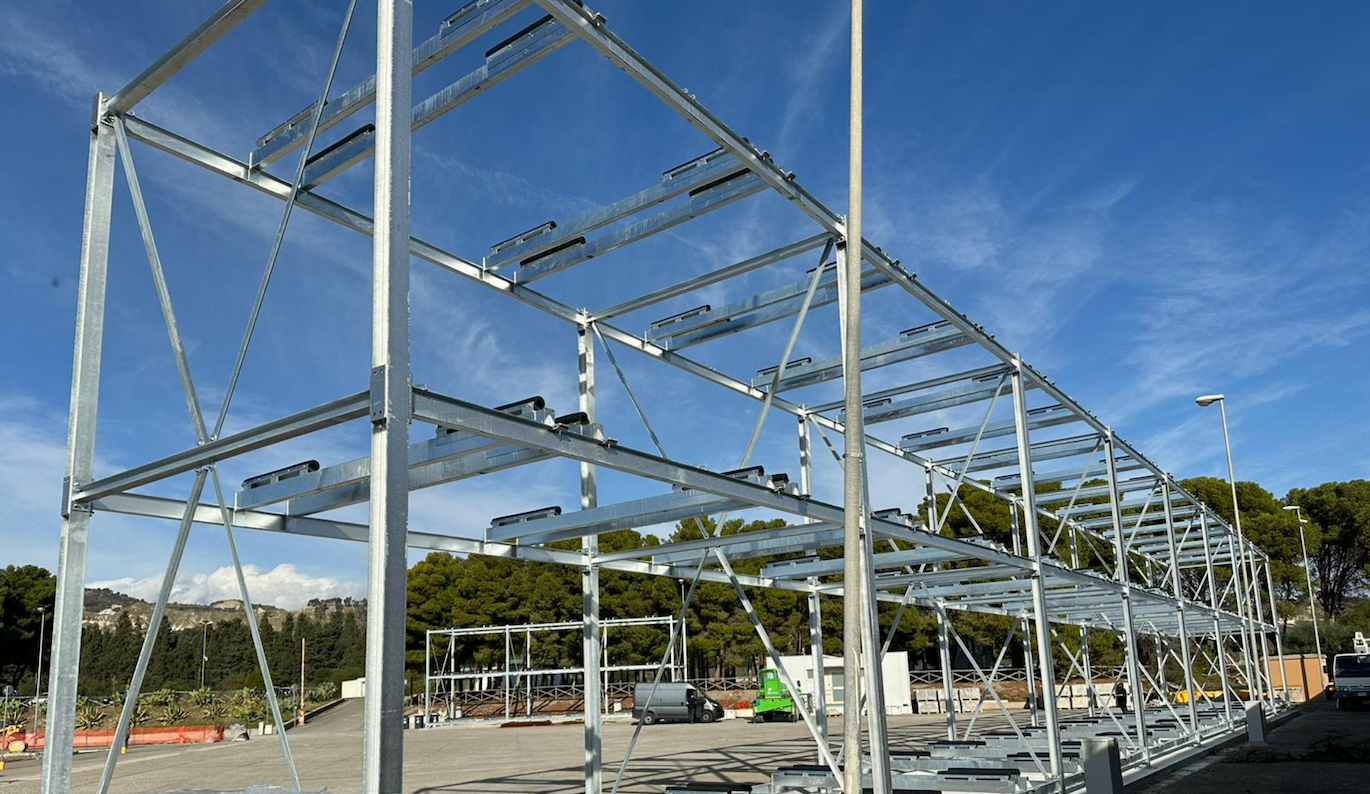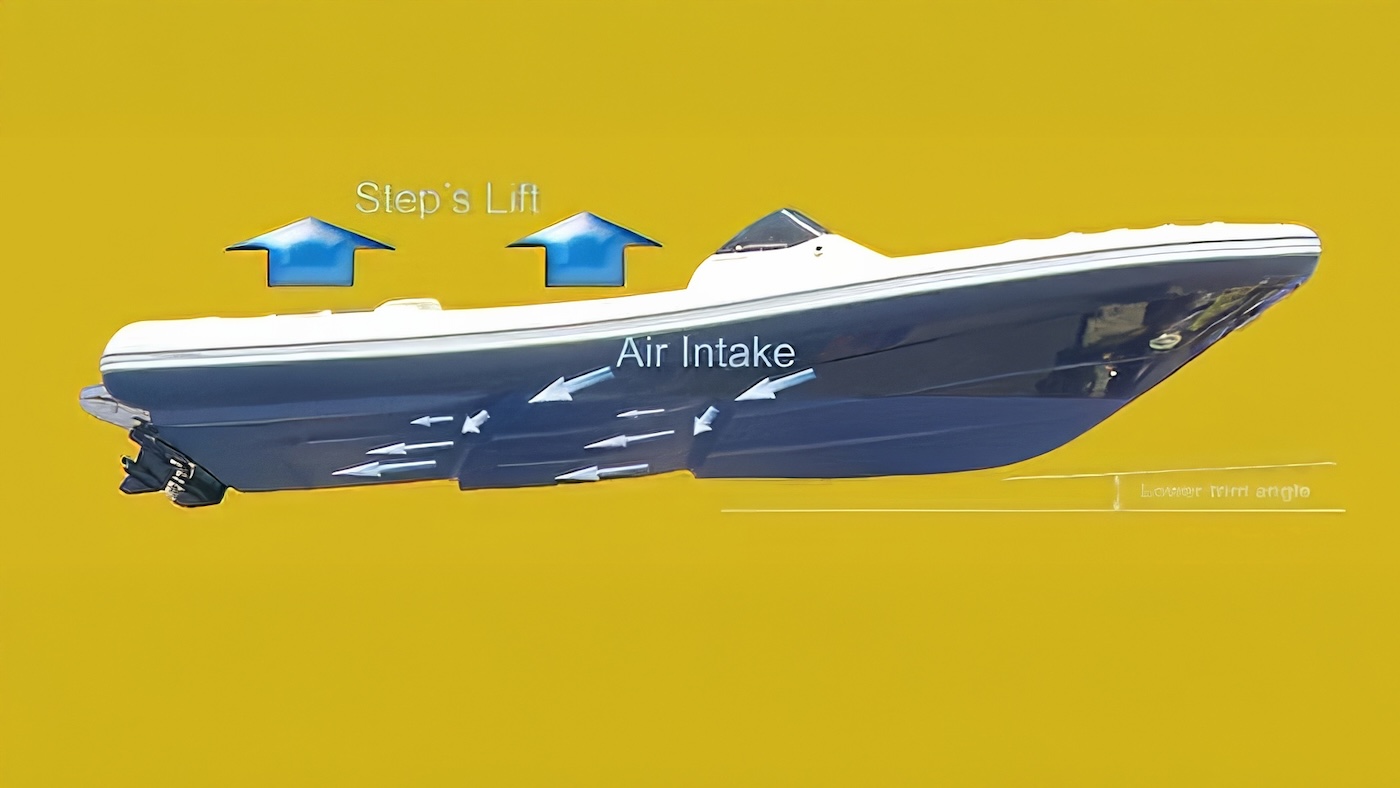Leggi l’articolo in italiano
The boat leaves, a fast and violent comeback windward starts, the boat bends and swerves more and more, the crew falls, somebody grabs on to the winch, someone reaches the bottom of the cockpit. We are broaching. And if it happens while we are sailing close-hauled, with nothing near windward, never mind. The boat goes in the wind bed and it straightens itself out. The only serious risk is that someone falls in the sea.
A different situation occurs if we are sailing on a beam wind or under spi. In this case both the boat and its crew will traverse and if the sea is rough, there’s trouble. If we even have the spi on shore, until someone “shoots” it, the wind pressure on the sail will oblige us to stay lying down with cross-trees in the water.
In all cases, the imperative is to escape fast.
Before explaining how to solve the situation, let’s answer a simple question: why does broaching occur? Extraordinary conditions apart, the more frequent reason is inattention. This sudden and runaway reaction of the boat can be prevented with a good bow trimmer and a fair sensibility.
What pushes us against the wind is a sudden pressure increase on the mainsail when we are under gust, combined with the consequent sudden moving back of the sailing centre and a sudden listing.
Another element causing broaching is the roll, especially if you run on a beam wind and with spi. In fact, a strong rolling downwind, maybe associated to a sudden gust pressing against the main sail, creates the good conditions for a broaching.
If, despite all these precautions, the situation gets out of your hands, trying to push the hull by hanging to the trim or the bar is totally useless.
The first thing to do is to unload the pressure from the mainsail by easing the sheet fast. This is the only possible solution in cruise boats, where the mainsail traveller carriage is short and often on the deckhouse, so no very efficient. But, as we have already said, if we are sailing close-hauled and we don’t have any other boats in the surroundings, the problem solves itself as a momentary loss of control.
The jib has an important role, so don’t ease it! The bow sail helps us to recover our sailing point.
The situation is more difficult if we run before the wind. First of all, the strength used by the boat to escape broaching is extraordinary because mainsail and spinnaker work together to complicate our life. Then, before finishing in the dead angle, the boat will traverse to the sea and the wind. So, a very difficult situation, complicated by the presence of the spi which, hit by the air, works like a big bowl adding weight to the boat.
Easing the sheet is not useful in this case; rather, it is better to ease the kicking strap in order to raise the boom and decrease the mainsail immediately. But our obsessive thought must be the spi: the only possibility to straighten the boat is to ease the sheet out and upload the wind pressure.
In summary: when broaching starts, we have to ease the kicking strap, ease the spinnaker sheet out. Finally, we have to ease also the mainsail sheet out.
At this point, the helmsman will be able to recover the sailing point
























